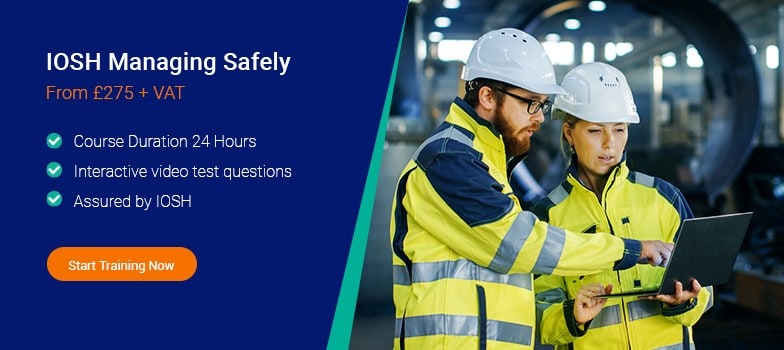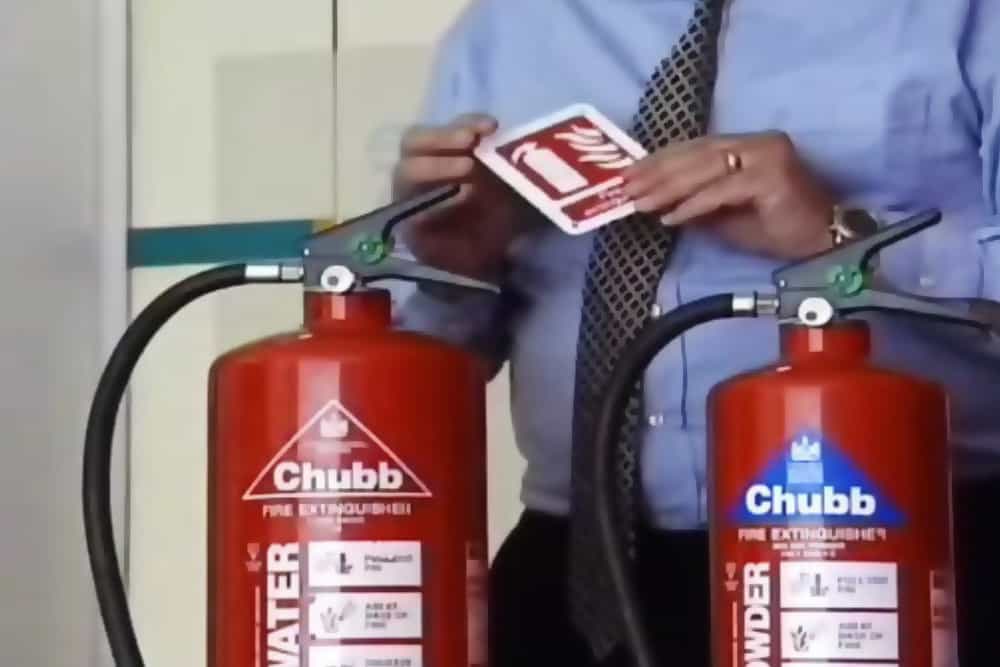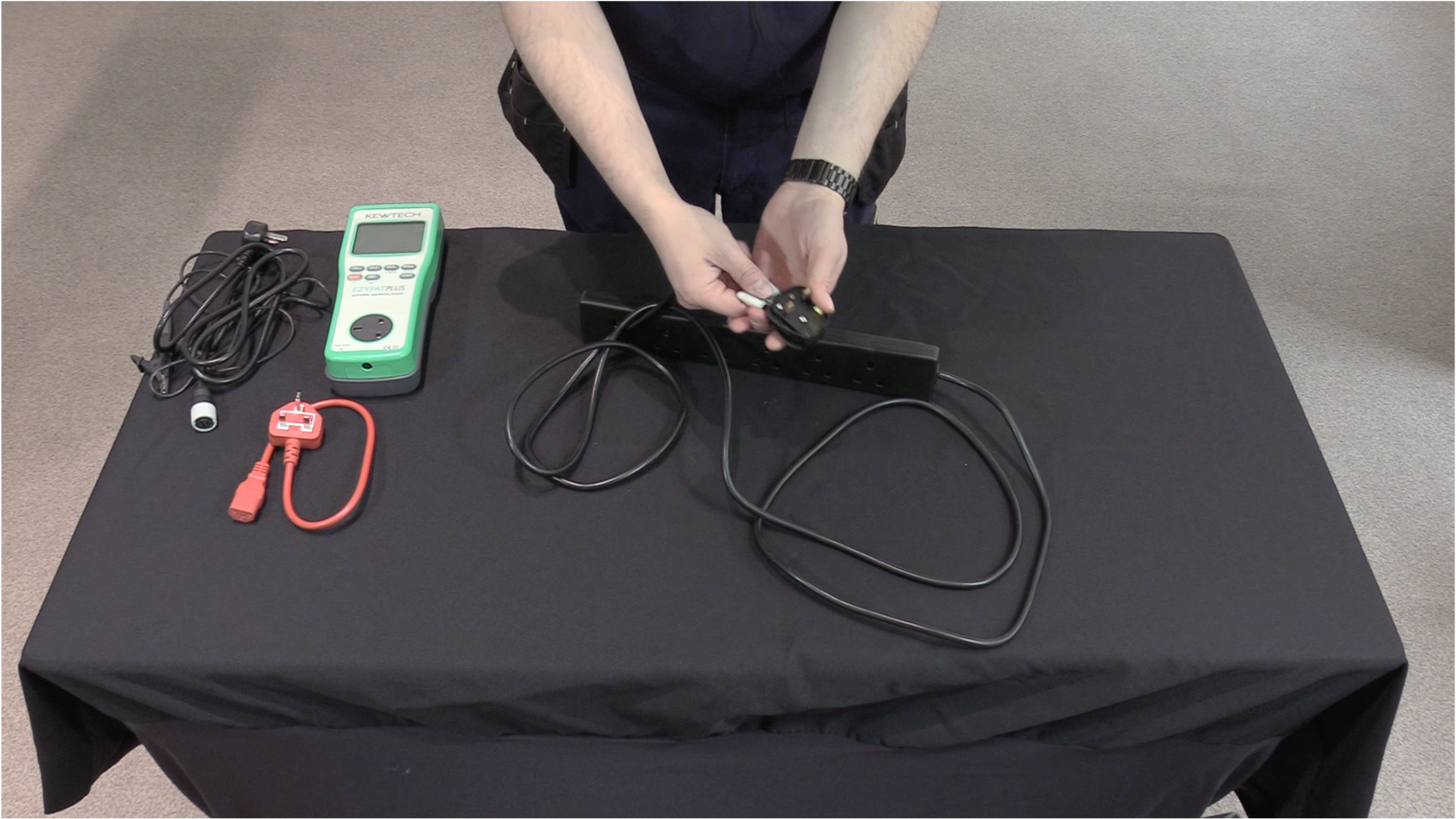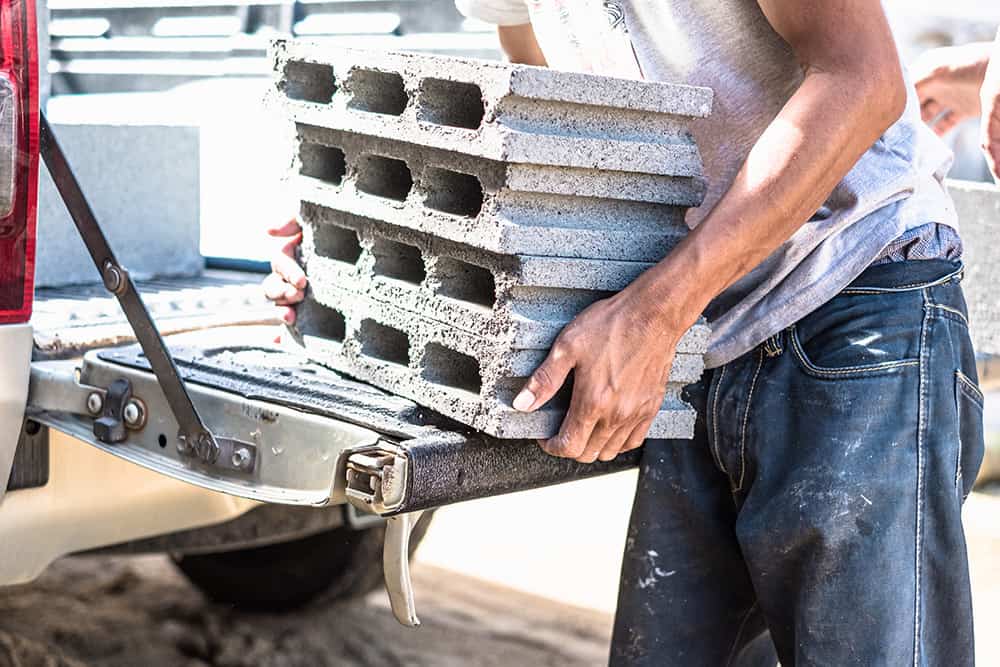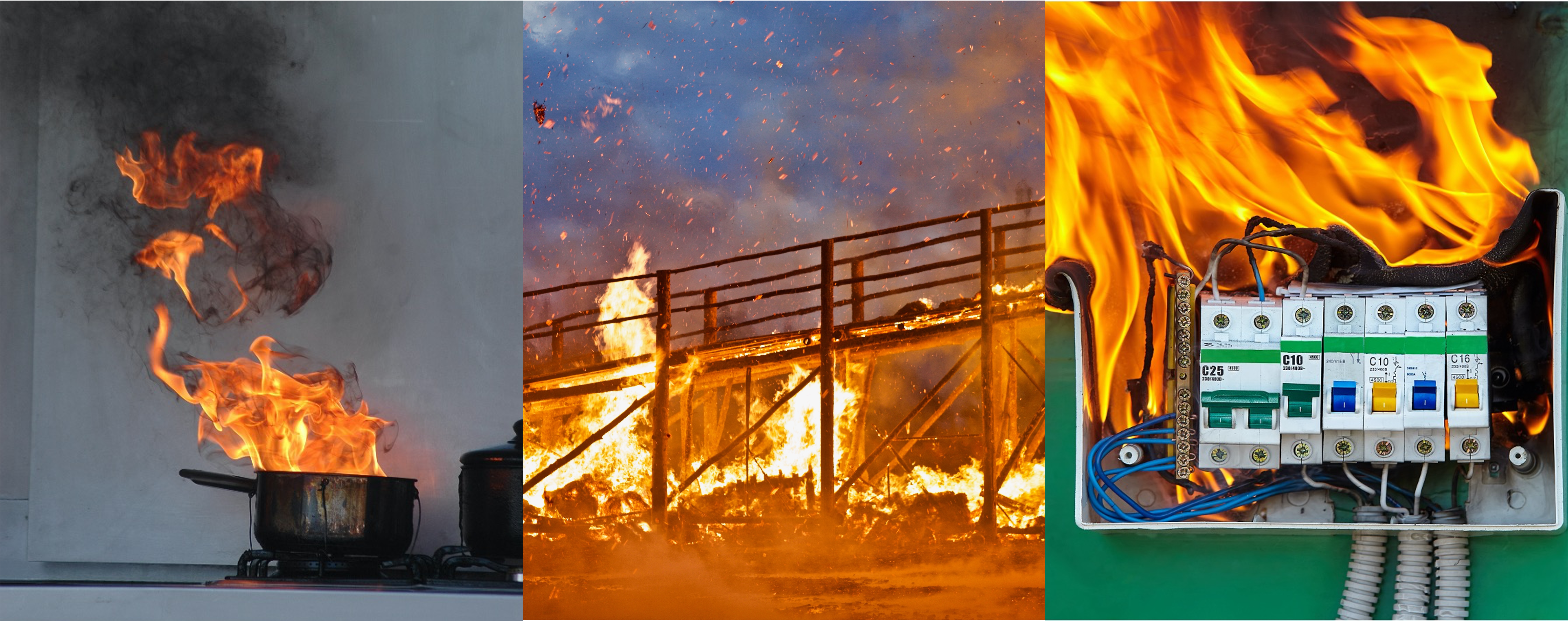
Every organisation should have formal procedures in place for auditing and reporting their health and safety performance. Similar to a financial audit, a health and safety audit will determine if the systems you have in place are working as they should, whilst producing documented evidence of compliance and identifying areas for improvement.
Whilst auditing does not need to be overly complicated, it must be done systematically, with clear outcomes and deliverables.
Whether you choose to have your audit conducted internally or externally, it is essential that you are aware of the process, and understand what you need to do to have it done effectively.
Health and Safety Audit
Health and safety audits provide a strategic overview, identifying patterns and improvement areas. It serves as a tool to assess the effectiveness of an organisation’s safety management systems.
The auditing process is very different than conducting a safety inspection. Inspections are designed to focus on a particular hazard or process that needs regular compliance testing.
Numbers of Health and Safety checklists are designed to give an overall understanding of how your staff and arrangements comply with current regulations. Let’s look at the steps involved.
- Gather Documentation
- Fact-Finding and Research
- Review the Results of the Audit
- Recommendations
- Corrective Actions
- Publish the Results
Step 1 – Gather Documentation
Before starting managers and supervisors should gather and provide all the relevant documentation and records to ensure that the process of auditing these records goes smoothly.
Documents you will need include: Policy statements, risk assessment records, records of safe working procedures, records of safety training, health and safety roles and responsibilities, permit-to-work systems, accident/near miss investigations and reports, discipline and commendation policies, emergency plans, machinery, and equipment safe operational documents and records of maintenance.
Past audits will also need to be on hand to ensure that any corrective actions recommended have been implemented.
Step 2 - Fact-Finding and Research
Each member of the tea should have specifically assigned areas that they need to investigate regards the documentation and information needed for the audit. This includes the following:
- Staff Interviews – Staff at all levels should be interviewed to provide insights on the working of the policy, answering questions such as, how has the staff taken to the training on the safety protocols and how has it been implemented?
- Safety Policy Review – ensuring that your policies are in line with government regulation regarding Hazard Identification and Control. These policies should also include guidelines on how to record incidents and keep records of the training provided.
- Policy Administration – this is the managing of your policies. How do your staff maintain compliance with the changing regulations in your industry?
- Documents and Records – your records should be up to date and accessible. Do you know where to locate your policy and safety training records?
- Equipment and Raw Materials – in every manufacturing process there are raw materials and machines that each have their own safety protocols. These should be included in your current safety policies and documented as such.
- Overall walkthrough – your audit should be a general walkthrough of the entire facility to ensure that all signs and markings are up to standard.
Step 3 - Review the Results of the Audit
Once the audit is completed, it should be compiled into a central concise report, which focuses particular attention on the following:
- Compliance to Industry Best Practices
- Requirements of Policy
- Compliance Documentation
- Staff Training
Each of these areas must have been addressed and rectified if need be. Your health and safety policy document should be updated with the new finding and recommendations.
Step 4 - Recommendations
After you have noted the policy failures or deficiencies, you should document the specific recommendations for each shortcoming. These corrective actions should be prioritised according to the level of risk involved and the likelihood of accidents or ill health occurring. This will begin to give you a process flow for the corrective actions that need to be taken.
Step 5 - Corrective Actions
To be effective and streamline implementation, corrective actions should involve supervisors, line managers, and front-line workers.
Actions should have a deadline and review date specified so that you can confirm that the action was taken and delivered correctly. Once again, actions should be prioritised according to the level of risk involved.
Reviews should be handled through the normal management chain, involving senior management in the process. After which, records and actions should be filed appropriately.
Step 6 - Publish the Results
You should publish the core findings of your audits, so that they are available to all managers and supervisors. This should include areas of weak performance and recommendations, as well as accomplishments worth praising. You should also acknowledge the departments and sections that have concluded the audits successfully and have delivered on par audits.
In Conclusion
At first glance, the auditing process may seem tedious. However, it does not need to be. Streamlined, affordable, and easy to use record management systems are available on the market.
Human Focus group is a leading provider of online Health and Safety courses and supporting technology and applications. Human Focus can not only offer you the best courses and training methodologies in the Health and Safety Industry. But they can also show you innovative technology that will help you keep your safety policies and procedures up to standard. By making your checklists and audits part of the everyday work environment Human Focus helps you free up time and keeps your staff safe in every work environment.

